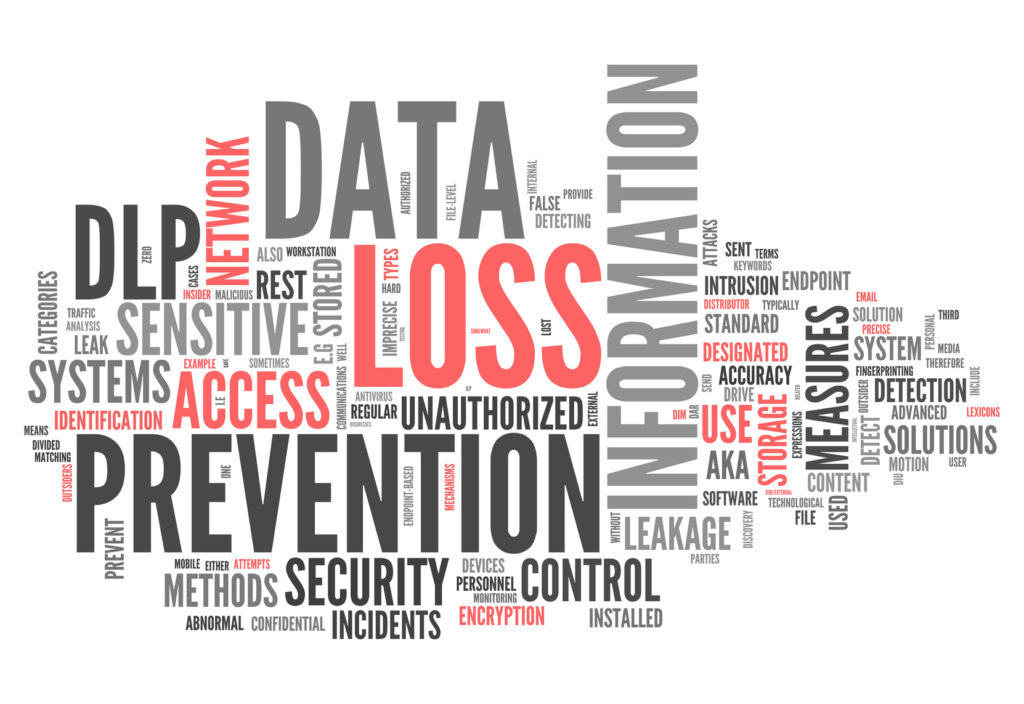Disaster recovery is a critical aspect of keeping your business secure and prepared. It seems like this process should be more difficult for large businesses — after all, they have more data, more systems, and more processes to back up and restore after an outage. But for most small and mid-sized businesses, it’s far more difficult to create an effective disaster recovery plan than it is for a larger organization. They face unique challenges, and they must meet these challenges with fewer resources and staff.
One such challenge is the creation of a business impact analysis. This is a two-part process that includes an exploratory aspect, which considers what data, applications, systems, or resources might be vulnerable in the event of a disaster, and a planning aspect, which determines what can be done to minimize those vulnerabilities before a disaster strikes. Essentially, it determines what actions your business can take right now, and what actions you need to have primed and ready should an extended outage occur.
A business impact analysis (or BIA) consists of a simple framework, but it can be extremely difficult to put into practice. Each organization has a unique structure and method of operations, and a BIA must identify the specific impact that a disaster will have on each component of those operations. To be truly valuable, a BIA also needs to present a strategy for moving forward after an outage to minimize damage and get your business back on track as smoothly and efficiently as possible.
A BIA provides an invaluable starting point for creating a full-fledged disaster recovery plan. Many businesses, particularly smaller ones, choose to outsource the creation of a business impact analysis to a third party that specializes in disaster recovery. This allows businesses to get an expert analysis of how their business can prepare and protect themselves from a disaster.

